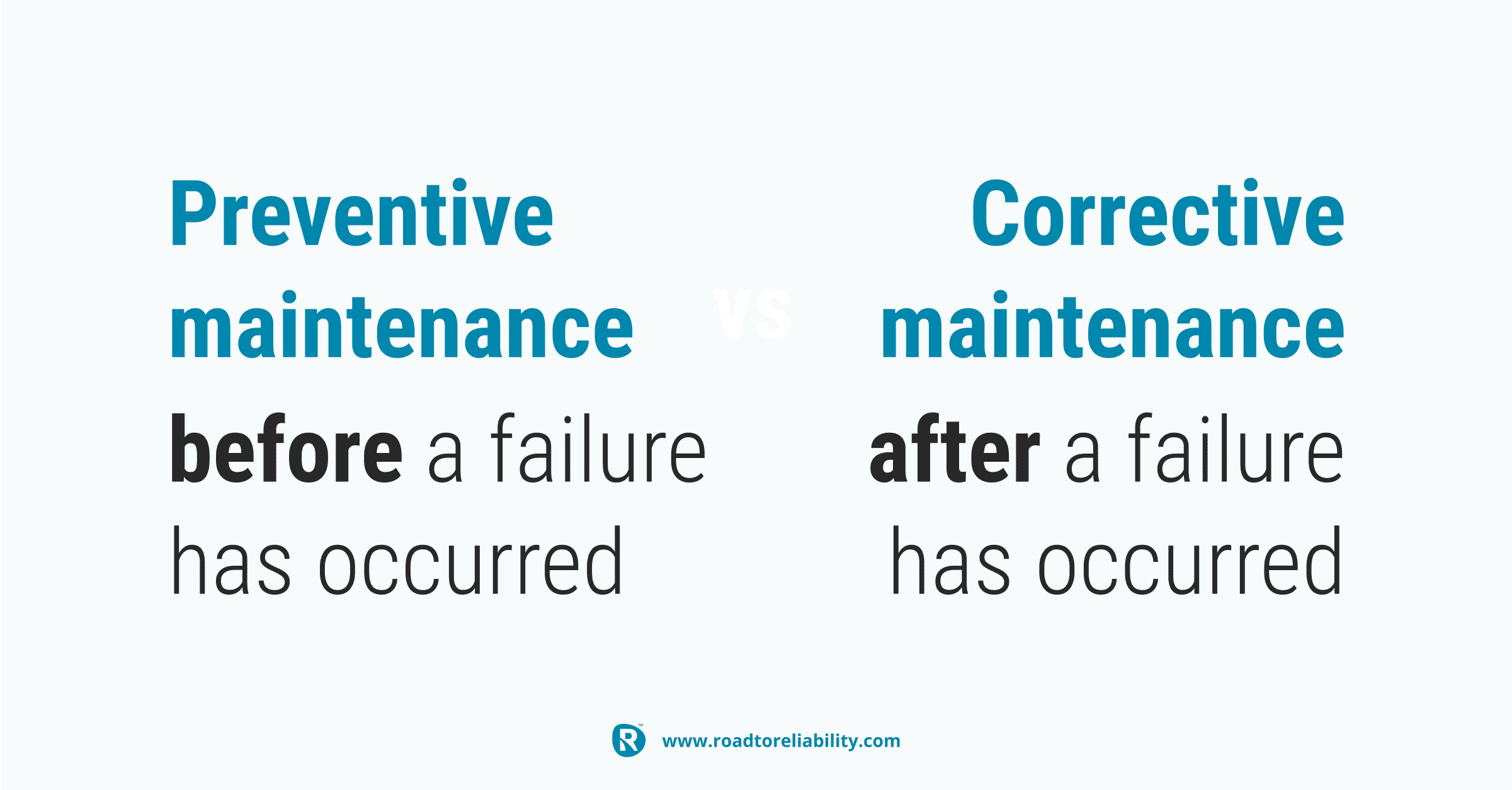While latex mattresses are often marketed as hypoallergenic, they can still cause allergic reactions in some individuals. This is because latex is a natural material and can contain proteins that can trigger allergies, especially in those with a latex sensitivity. latex mattresses may not be the best choice for people with severe allergies or asthma.1. Allergies
One of the biggest drawbacks of latex mattresses is their cost. Latex mattresses are typically more expensive than traditional innerspring or memory foam mattresses. This is because latex is a natural material and the production process is more labor-intensive, leading to higher prices. This can make it difficult for some people to afford a latex mattress, especially if they are on a tight budget.2. Cost
While latex mattresses are known for their durability, they are not indestructible. Over time, the material can break down and lose its support and comfort. This can lead to sagging and a decrease in the overall lifespan of the mattress. latex mattresses may need to be replaced more frequently compared to other mattress types, which can be a significant downside for consumers.3. Durability
Another common complaint about latex mattresses is that they tend to retain heat. This can make them uncomfortable for some people, especially those who tend to sleep hot. The natural materials used in latex mattresses do not allow for as much air circulation as other mattress types, which can lead to a warmer sleeping experience. latex mattresses may not be the best choice for those living in warmer climates or for people who tend to get hot at night.4. Heat Retention
Latex mattresses are significantly heavier than other types of mattresses, which can make them difficult to move and maneuver. This can be a major inconvenience for those who need to regularly rotate or flip their mattress, or for those who plan on moving homes frequently. The weight of a latex mattress can also make it challenging to set up or adjust, which may be a drawback for some consumers.5. Weight
Many latex mattresses have a strong chemical odor when they are first unpacked. This is due to the materials used in the production process, such as adhesives and flame retardants. While the odor does dissipate over time, it can be unpleasant for some people and may cause headaches or other discomfort. Those who are sensitive to strong smells may want to consider other mattress options. latex mattresses with natural or organic materials may have less of a chemical smell, but they may also come with a higher price tag.6. Chemical Odor
Compared to other types of mattresses, latex mattresses have more limited firmness options. While there are variations in firmness levels, they may not be as customizable as other mattresses, such as airbeds or hybrid mattresses. This can be a disadvantage for those who prefer a specific level of firmness or for couples who have different preferences. latex mattresses may not be the best choice for those who require a very soft or very firm sleeping surface.7. Limited Firmness Options
Latex mattresses are known for their responsiveness and bounce, which can be a positive for some people. However, this can also mean that there is more motion transfer compared to other types of mattresses. This means that movements made by one person on the mattress can be felt by the other, which can be disruptive for couples or those who are easily disturbed by movement. Latex mattresses may not be the best choice for those who share a bed and are sensitive to motion transfer.8. Motion Transfer
While latex mattresses do not require as much maintenance as other types of mattresses, they still need some care to maintain their quality and lifespan. This can include regularly rotating the mattress, spot cleaning spills, and keeping the mattress protected with a mattress cover. Failure to properly maintain a latex mattress can result in a decrease in comfort and support, which can lead to the need for a replacement sooner than expected.9. Maintenance
Compared to other mattress types, latex mattresses may be more difficult to find in stores. This can make it challenging for consumers to try out and compare different options before making a purchase. While there are many online retailers that sell latex mattresses, not being able to physically test the mattress can be a downside for some people. Latex mattresses may also be more limited in availability in certain regions, which can be a drawback for those who prefer to shop in person.10. Availability
The Drawbacks of Latex Mattresses

While latex mattresses have gained popularity in recent years due to their eco-friendliness and comfort, they also come with some drawbacks that should be considered before making a purchase. Here are some of the main drawbacks of latex mattresses:
1. Cost

One of the major drawbacks of latex mattresses is their high cost. Compared to traditional mattresses made of innerspring or memory foam, latex mattresses can be significantly more expensive. This is because latex is a natural material that is more difficult and expensive to produce, making the final product more costly for consumers.
Additionally, there are different types of latex mattresses, such as natural latex and synthetic latex, with varying price points. Natural latex, which is made from the sap of rubber trees, is more expensive than synthetic latex, which is made from petrochemicals. So while natural latex may be more eco-friendly, it also comes with a higher price tag.
2. Firmness

Latex mattresses are known for their firmness and support, which can be a drawback for some people. While some individuals may prefer a firmer mattress for proper spinal alignment, others may find it uncomfortable and prefer a softer surface to sleep on. This can be especially problematic for side sleepers, who may experience pressure points on their hips and shoulders.
Furthermore, the firmness of latex mattresses can also be affected by room temperature. In colder temperatures, the mattress can feel even firmer, making it uncomfortable for some individuals.
3. Weight

Another drawback of latex mattresses is their weight. Due to the dense and heavy nature of latex, these mattresses can be difficult to move and rotate, especially for individuals who may have mobility issues. This can also make it challenging to clean or change the sheets.
Moreover, the weight of latex mattresses can also make them difficult to transport, which can be an issue for individuals who move frequently or live in multi-story homes.
4. Allergies

While latex is known for being hypoallergenic, some individuals may still experience allergies or sensitivities to the material. This is especially true for individuals with latex allergies, who may experience skin irritation or respiratory issues when in contact with latex mattresses.
Additionally, even for those without latex allergies, the production process for natural latex mattresses can involve the use of chemicals that may cause reactions for some individuals.
Overall, while latex mattresses offer many benefits, it's important to consider these drawbacks and determine if they are worth the investment for your specific needs and preferences.
















































































































